If you thought only automobiles could have custom-paint jobs, well, think again...
Prashant-prabhakar
09 Feb 2022
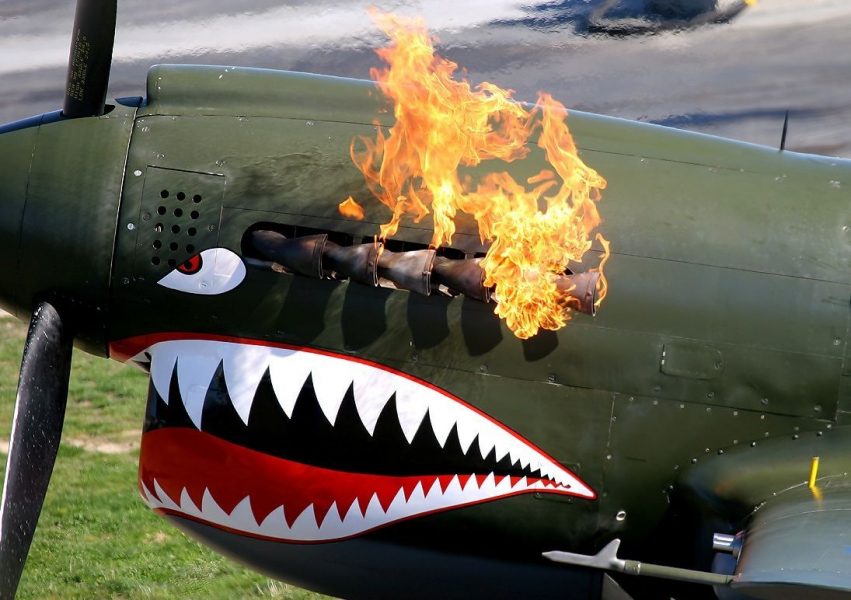
A custom paint job is a great way to make your car feel new. Why should airplanes be any different?!
Although most commercial planes are painted white, and some in black, which is to minimize cabin heating and prevent potential damage from solar radiation, there's no reason why one can't custom paint an aircraft, and especially when you love your aircraft, the more fun it is to fly and why flying shouldn't be fun?!
Aircraft custom paint jobs serve several purposes. From scaring the enemy with terrifying military aircraft to expressing one’s individuality with the wealthiest individuals’ private jets- Here's a curated list of a few aircraft custom-painted jobs that are worth giving a glance at.
All Nippon Airways’ (ANA) A380 series
ANA's turtle-themed A380 rolls out of the paint shop | Airline Geeks
The first A380 for All Nippon Airways (ANA) rolls out of the Airbus Paintshop in Hamburg, Germany. The subsequent two A380s would be painted in green and orange respectively- depicting sea turtles that are native to Hawaii.
The ANA A380 livery is one of the most elaborate ever painted by Airbus. It took 21 days for the Airbus team to paint a surface of 3,600m2 using 16 different shades of colour.
French Dassault Rafale M fighter
Yeah! Motor
"If looks could kill!"
Painted with an “Arctic Tiger” paint job, the fiery red eyes of the artic hunter glowing red against the backdrop of black and white can intimidate anyone! Well, this fighter was a special order for a different NATO Tiger Meet.
A-10 Warthog
DualShockers
One of the very rare times when the Warthog isn't seen in its classic battle-grey colour job. Adorned with Christmas sheaths and reindeers against a red and white backdrop, guess Christmas is right around the corner?!
The Mil Mi-24
The Russian Mil Mi-24, NATO reporting name-HIND, is a large gunship and attack helicopter. Variants of the Mi-24 include the Mi-25 and Mi-35 export versions.
The Embraer E190-E2 demo aircraft
Lonely Planet
Touted as “the world’s quietest, cleanest and most efficient new-generation single-aisle aircraft”- as stated by the company, the plane is a competitor with the Airbus A220, which is perhaps why the eye-catching look has been so important on its world tour.
The Saab Gripen
JAS39 SAAB | Yeah!Motor
The fourth-generation Saab JAS 39 Gripen is a light single-engine multirole fighter aircraft manufactured by the Swedish aerospace and defence company Saab AB.
A tiger in the air
Siberian Times
The "AMUR TIGER" featuring on the nose of a towering B737 is the brainchild of the collaboration between Rossi’s Airlines and Amur Tiger centre. This masterpiece required half a ton of paint to finish, indicating how enormous it is.
Lockheed Galaxy C-5
What happens when you turn a massive 2,600 pounds transporter aircraft into a flying mater with a custom paint job? Well, in case you're having a bad day, here's a large Lockheed C-5 Galaxy to cheer you up.
Dassault Mirage
RCU Forums
The paint job depicts a painting of Saint Michael- an archangel believed to lead heaven’s army against the devil in Revelations.
Concorde
News AKMI
Although now phased out, the supersonic Concorde needs no introduction. Here's the funny thing about this Pepsi aircraft and custom paint job – the livery on the classic Concorde has to be white for the aircraft to go full speed!
China Eastern and Pixar collaborate
EX-YU Aviation News
If you're a fan of the movie "toy stories" and its characters, then this "Buzz Lightyear" themed custom-painted Boeing should be reason enough for you to grab your boarding passes and fly!
Alaska Airline
CNN
A treat for kids upon seeing this larger-than-life scene of the adored Disney-Pixar hit, this Incredibles 2 paint job was featured on Alaska Airlines during the film’s 2018 release. Also featured on the tail is the famous Alaskan airline Eskimo.
What do you think of the beautiful, innovative and sometimes whacky-wicked cool liveries featured on these aircraft?! Which one would you prefer to fly in?
SOURCE(s)
COVER: Wallpaper Cave
Read next
Eight months after an uninsured aircraft owned by the Madhya Pradesh government crash-landed at the Gwalior airbase, the state government has handed out an INR 85-crore bill for damages to Captain Majid Akhtar, the pilot who was flying the aircraft on May 6.
The Directorate General of Civil Aviation (DGCA) had suspended Akhtar’s flying licence for a year. The Aircraft Accident Investigation Bureau is probing the crash-landing.
The Bhopal-based pilot has a flying experience of 27 years. He was dubbed a Covid warrior for flying the state-owned aircraft while wearing a PPE kit to transport Covid samples for testing outside the state. He also brought life-saving drugs and other consumables for patients in MP during the first and second waves.
The nine-seater Beechcraft King Air B 250 GT aircraft which crash-landed in Gwalior airbase on May 6, 2021, was transporting life-saving medicines, including 71 boxes of Remdisivir injections, from Indore. The aircraft was purchased by the MP government for INR 65 crore in 2019.
Three persons, including pilot Majid Akhtar, co-pilot Shiv Jaiswal and naib tehsildar Dilip Dwivedi, had escaped with minor injuries.
The state government has claimed that the plane became unworthy of flying after the accident, owing to which the government had to spend INR 25 crore to hire planes from private operators.
The charge sheet, however, has no mention of how the aircraft was allowed to fly without following mandatory insurance protocols. Sources said had the aircraft been duly insured, the government could have recovered the cost after the crash-landing made it unworthy of flying.
In his reply to the charge sheet, Akhtar claimed the accident was caused by the arrestor barrier on the runway, about which the Air Traffic Control failed to inform him.
While citing his flight record of 27 years, Akhtar submitted that he wasn’t provided with the contents of the aircraft’s black box, which contains all the instructions received from the Gwalior ATC. He said he shouldn’t be held guilty until the completion of a DGCA probe.
Read next
Shares of InterGlobe Aviation, the parent of IndiGo, zoomed nearly 10% after the firm posted a profit after tax of INR 129.8 crore in the three months ended December 2021.
The stock jumped 9.91% to settle at INR 2,170.05 on BSE. During the day, it gained 10.57% to INR 2,183.15. It zoomed 9.91% to close at INR 2,170.10 on NSE.
On the volume front, 1.56 lakh shares were traded on BSE and 44.81 lakh on NSE. Fuelled by higher passenger revenues, the country's largest airline IndiGo on Friday, February 4 posted a profit after tax of INR 129.8 crore in the three months ended December 2021 amid the pandemic clouds.
InterGlobe Aviation, the parent of IndiGo, had slipped into a loss of INR 620.1 crore in the year-ago period. In a significant development, the company has appointed its co-founder Rahul Bhatia as Managing Director with immediate effect and he would oversee all aspects of the airline.
ALSO READ - After 7 quarters of losses, IndiGo reported a profit of INR 130 crore
Reflecting signs of slow recovery in the pandemic-hit airline industry, IndiGo's revenue from operations jumped to INR 9,294.8 crore in the latest December quarter compared to INR 4,910 crore in the same period a year ago.
Total income surged 84.3% on an annual basis to INR 9,480.1 crore in the third quarter of the current fiscal year.
"For the quarter, our passenger ticket revenues were INR 80,731 million, an increase of 98.4% and ancillary revenues were INR 11,417 million, an increase of 41.3% compared to the same period last year," it said in a statement.
Further, Indigo’s focus on long-term relationships with stakeholders, including lessors and employees, would also be positive once the Covid-19 impact subsides.
Moreover, in the longer term, Ambit continues to believe Indigo’s strategy to focus away from metro routes and expand into Tier-2/Tier3 domestic routes and international routes would ultimately bear fruit (both are higher-yielding compared to metro routes).
Read next
Environmentalists and some European nations are set to clash with the United States over a possible comeback of supersonic travel, saying efforts to set noise guidelines by the middle of the decade could weaken efforts to fight climate change.
Nearly two decades after the last flight of the Anglo-French Concorde, a panel of United Nations aviation experts is meeting from Monday, February 7 and will consider updating a decades-old supersonic noise standard by 2025, according to meeting papers seen by Reuters.
Anglo-French Concorde's last commercial flight was in October 2003.
The U.S.-backed push by aerospace companies is supported by the U.S.-based Boom, which has vowed to launch a quieter and less polluting form of supersonic travel than the sleek but noisy Concorde, which ferried the rich and famous across the Atlantic.
Even though it co-developed the only commercial jet to break the sound barrier in the 1960s, France has teamed up with Norway and Sweden to try to delay procedural work on future supersonic jetliners to focus on emissions rules for subsonic flight.
All three countries have made climate action a political priority and want U.N. experts to focus on the source of the current industry emissions, people close to the International Civil Aviation Organization discussions said.
Montreal-based ICAO sets standards on everything from runway markings to crash investigations, which its 193 member states typically translate into regulatory requirements.
Planemakers need those standards "well in advance" to ensure they meet official expectations, said Dan Carnelly, vice-president at the International Coordinating Council of Aerospace Industries Associations, an international aerospace lobby.
"No manufacturer can take the risk that they invest billions of dollars to design and test a new product only for it to become obsolete due to a new regulation imposed soon after it enters into service," he said.
Boom plans a North Carolina plant and has orders from United Airlines.
The very technical discussion is key for a niche market promising to create thousands of jobs. Boom plans a North Carolina plant and has orders from United Airlines.
But critics say focusing on supersonics now would divert time and expertise that could be put toward reducing broader emissions from aviation, a priority this year for ICAO's full membership, including the United States.
"Supersonic aircraft are a huge distraction for ICAO," said Dan Rutherford, aviation director at the International Council on Clean Transportation, a U.S.-based environmental research group.
Aerospace companies warn that ignoring supersonics at this early stage could be a recipe for countries to go it alone. "A patchwork of local, different regulations would be very difficult, if not impossible, to manage," Carnelly said.
ICAO declined to comment while discussions at its Committee on Aviation Environmental Protection run from Feb. 7 to 18. The U.S. Federal Aviation Administration (FAA) declined to comment. Supersonics have struggled to meet the noise and emissions standards set for conventional planes.
Boom says its 'Overture' jet would meet noise levels that already apply to subsonic planes and run fully on sustainable aviation fuel when it starts flying passengers in 2029.
Boom says its 'Overture' jet would meet noise levels that already apply to subsonic planes.
Carnelly said guidelines specifying that noise limits should be the same for supersonics and subsonic are needed for technical reasons. "The best thing for the industry is to have clear, timely and global standards," a Boom spokesperson said.
The company aims to start certification flight tests in 2026 ahead of commercial flights before the end of the decade. Some analysts remain cautious over its schedule, which originally called for the plane to enter service in 2023.
Drawbacks of Supersonic Jet
Supersonic airliners have been the objects of numerous recent and ongoing design studies. Drawbacks and design challenges are excessive noise generation (at takeoff and due to sonic booms during flight), high development costs, expensive construction materials, high fuel consumption, extremely high emissions, and an increased cost per seat over subsonic airliners. Despite these challenges, Concorde was claimed to operate profitably.
Supersonic airliners have been the objects of numerous recent and ongoing design studies.
Sonic booms aren’t just loud; they can also cause physical damage, breaking glass, cracking plaster, and shaking objects off shelves. A boom from a single fighter aircraft in 1966 dislodged tons of rock, crushing archaeological sites in the famous Canyon de Chelly National Monument.
Booms in other countries have caused cattle to stampede and even caused a roof to collapse, killing three French workers. Currently, the primary culprits are military aircraft. Some militaries eventually developed a procedure for sonic boom damage reimbursement.
(With Inputs from Reuters)
Read next
Newly constructed arrival terminal at Delhi Airport's T1, set to open soon
Radhika Bansal
08 Feb 2022
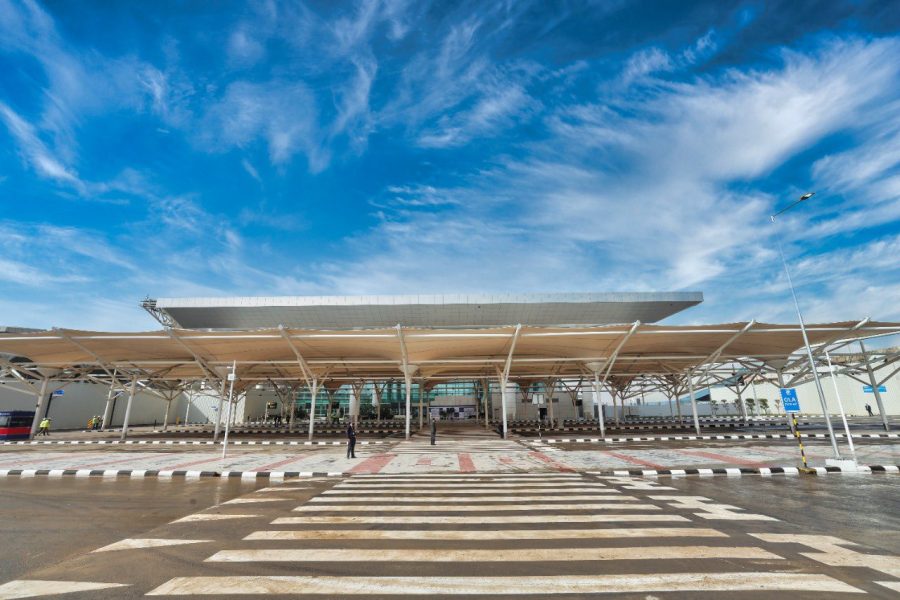
Delhi airport operator DIAL on Monday, February 7 said it has completed the expansion work of the arrival terminal at T1 and is ready for operations.
The work has been done as part of expansion plans and once complete, the airport's total terminal capacity and airside capacity will increase to 100 million and 140 million, respectively.
"DIAL has successfully completed expansion work of arrival terminal at T1 and is ready for operations… this new arrival terminal is another step towards enhancing the infrastructure and passenger experience at Delhi airport. The current domestic arrival operations will now move to the newly constructed arrival terminal, which would enable DIAL to take up the demolition of the existing arrival terminal, T1C."I Prabhakara Rao, Deputy Managing Director, GMR Group (DIAL)
Currently, Indira Gandhi International Airport's (IGIA) terminal capacity is 60 million and the airside is 100 million. The airport has three operational terminals -- T1, T2 and T3.
According to him, the building was the need of the hour and will help in enhancing the airport's operational efficiency. At present, IndiGo and SpiceJet have their domestic operations from T1.
https://twitter.com/DelhiAirport/status/1490625166971338755
"Upon completion, the new Terminal 1 would have integrated arrival and departure terminals, a new node building housing retail and F&B outlets, and a pier building comprising 22 contact stands," the release said.
The new arrival terminal at T1 has a huge space between baggage belts for ease of movement and a state-of-the-art meet and greet gallery, among other facilities, the release said, adding that the terminal will offer a distinctive experience to flyers.
"Expansion projects under Phase 3A will help Delhi airport to become future-ready, as Delhi airport's terminal capacity will increase to 100 million passengers per annum (MPPA) while airside capacity will rise to 140 MPPA," the release said.
As part of the overall development plan under Phase 3A, DIAL will construct the airport's fourth runway, dual elevated Eastern Cross Taxiways (ECT) to connect the northern and southern airfields, landside developments for circulation and connectivity improvements and T3 modification works, among others.
Read next
Safety at 30,000ft in the air - What's trending in aviation HUDs and how do they work?
Prashant-prabhakar
08 Feb 2022
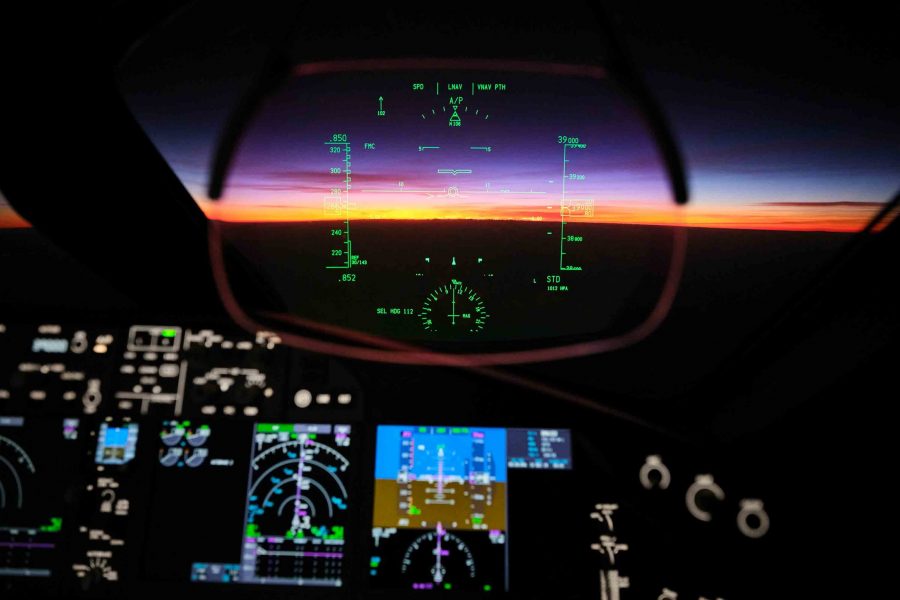
If you are a fan of air combat movies and combat moves depicted in them, then you're most familiar with the transparent display(s) depicted, that gives a pilot a seamless view of critical flight information, projected directly in the pilot's line of sight.
These displays are termed as HUD, or Heads-Up-Display and have been used for decades by military pilots and have now become fairly commonplace in both large commercial aircraft and private planes.
Flickr
The technology derives its name from the fact that pilots now don't have to look down at their instruments and take their eyes off the surrounding environment while allowing them to focus their attention outside the cockpit for potential conflicts or threats.
Also referred to as enhanced flight vision systems (or EFVS), they can be of significant importance, especially during the critical phases of flight- landing and take-off.
HUD guidance has been known to reduce tail strikes on takeoff. Studies conducted by the Flight Safety Foundation have shown that about 38% of commercial, business, and corporate airplane accidents could have been prevented using HUD systems, over 13 years.
HUDs help pilots during takeoff and landing in uncertain environmental conditions such as foggy weather. Moreover, most aviation administrations around the world have mandates on the use of enhanced flight vision systems to reduce accidents and increase passenger safety. As the aviation industry has in the past accounted for a major share of the HUD market, an increase in the orders for new-generation aircraft will also drive the growth of the HUD marketSource
How do they work?
Technically, a HUD projector sends critical to flight, navigation and aircraft energy-management data to a glass screen, called a combiner, hanging at eye level between the pilot and the windshield.
The concave-shaped combiner glass is coated with a proprietary material that reflects the colour green but allows everything else, such as the scenery outside, to pass through, appearing quite naturally. The coating reflects green to illuminate the HUD’s symbology and this is because the human eye is most sensitive to that colour.
However, though, not all HUDs are created equal. One difference relates to the field of view hence aviation HUDs are designed so that flight information appears to be on the same visual plane as objects in the environment. This ensures pilots don’t need to refocus their eyes when looking back and forth between projections on the screen and the exterior environment.
FAA regulations require at least the following aspects to be displayed at all times:
AirspeedAltitudeHeadingHorizon lineTurb and slip/turn and bank indicator
Then Vs Now
Rudimentary HUDs were first developed for World War II aircraft and became widely used in military applications during the 1960s. The first civil application of the technology was introduced in 1993.
Vintage HUD | Representative | Aviation Today
Conventional HUDs display virtual shapes and symbols that provide weather, navigational, and other information, collectively referred to as "symbology"- a collective term for aircraft position, altitude, a horizon line, heading & flight path, radar data, and airspeed, along with other data from the plane's avionics and instrumentation.
The Federal Aviation Administration (FAA) now allows pilots to make landings in “no natural vision” (zero-visibility) situations as long as there is an aircraft HUD system or a helmet-mounted display (HMD) for the pilot.
BAE Systems Digital Striker Helmet-Mounted Display (HMD) System with Superior Tracking and Night Vision Capabilities | Business Wire
What's trending in aviation HUDs as of today
Increased Display area : The Boeing 787 dreamliner features two HUD display panels, one for the pilot and co-pilot respectively, Designed by Rockwell Collins, this is more than double the size of the display area as on the 777.
A Boeing 787 HUD | Reddit
Digital HUD displays : Aviation has come a long way from CRT displays to the more developed digital displays now. For instance, the US Air Force's F-22 Raptor features an all-digital HUD which removes the CRT image source and instead uses Digital Light Engine (DLE) technology to implement a more advanced HUD that is placed immediately in front of the pilot’s line of sight.
Digital Light Engine technology to illuminate F-22 Head-Up Display | baesystems
Synthetic and Enhanced Vision : Synthetic vision refers to the use of algorithms to generate 3D images of the environment whereas Enhanced vision systems incorporate information from various sensors on the aircraft (near-infrared cameras, millimeter wave radar) to provide more information to pilots in limited visibility environments. Millenium jets today, now feature HUDs which integrate both-synthetic and enhanced vision into one, like the ones featured on Embraer's Praetor jets.
Praetor 500 and Praetor 600 cockpit | Representative | Skies Magazine
With the development of holographic optics and Augmented-Virtual Reality, it might not be far when they shall also be integrated into aviation HUDs soon enough.
Across both the automotive and aviation sectors, right now the design of large field-of-view head-up displays – which are increasingly required for augmented reality applications – is limited by the necessarily large size of the optical componentsA research engineer from Thales explains
Quality standards and regulations
Owing to their critical significance in real-time flight situations, they need to adhere to several Advisory Circulars released by the FAA, some of which include:
1 AC-25-11B- Electronic Flight Displays
2. AC-90-106A- Enhanced Flight Vision Systems
3. AC-25_1329-1C- Approval of Flight Guidance Systems
4. AC-20-167A- Airworthiness Approval of Enhanced Vision System, Synthetic Vision System, Combined Vision System, and Enhanced Flight Vision System Equipment.
Rockwell Collins’ new EVS-3000 delivers unprecedented accuracy of outside terrain, hazards and obstacles in low-visibility conditions | Rotornation
The benefits of aircraft HUD systems cannot be understated and it is these advantages that have made the commercial aviation industry a key driver of growth in the HUD market - which is projected to reach USD 2.18 billion by 2024.
SOURCE(s)
COVER: Premium Wall Art


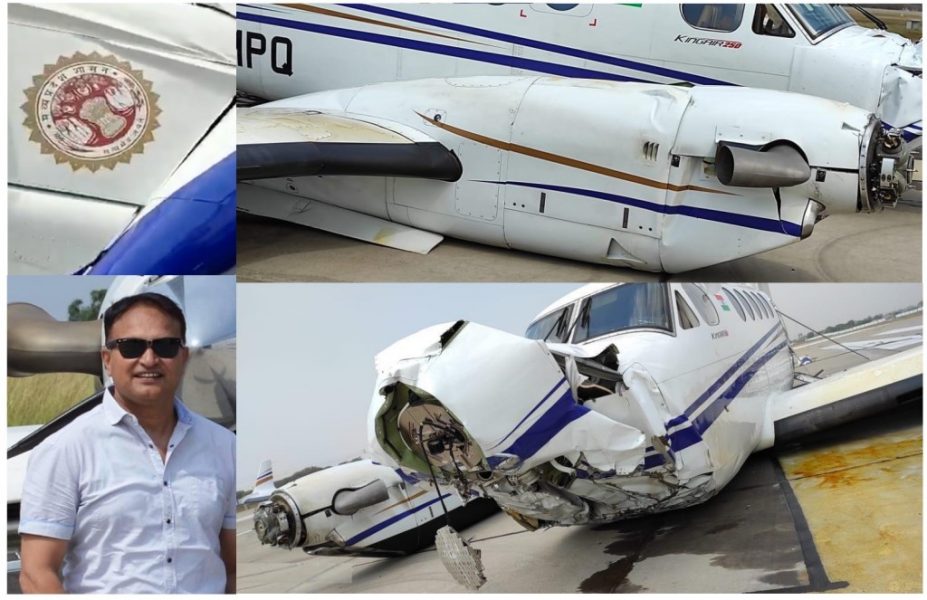
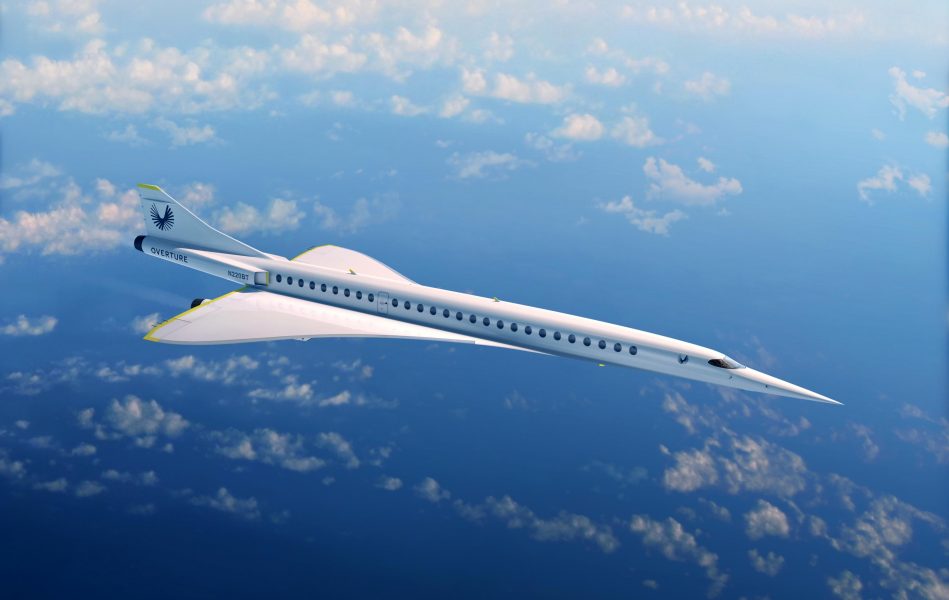
Comment